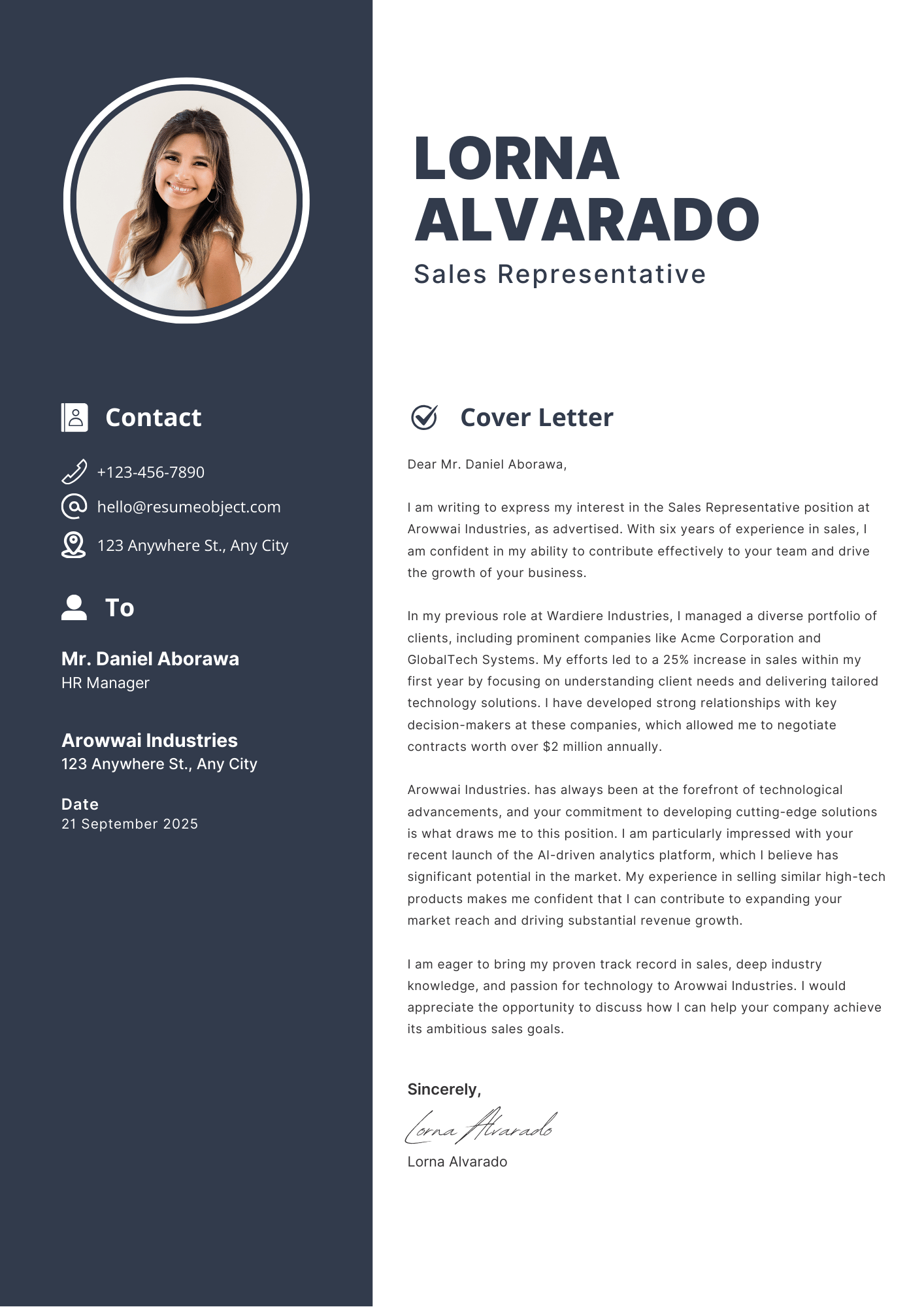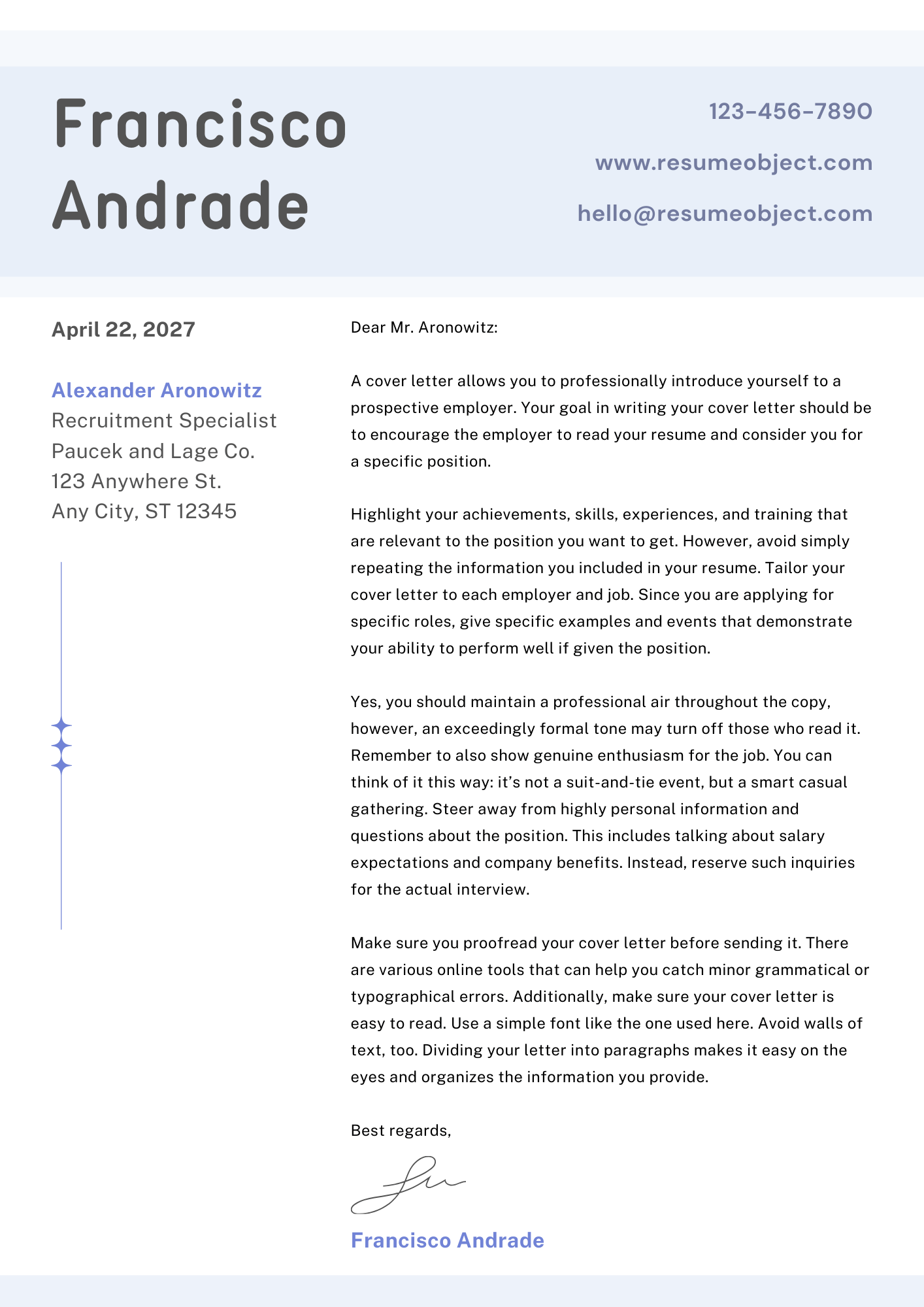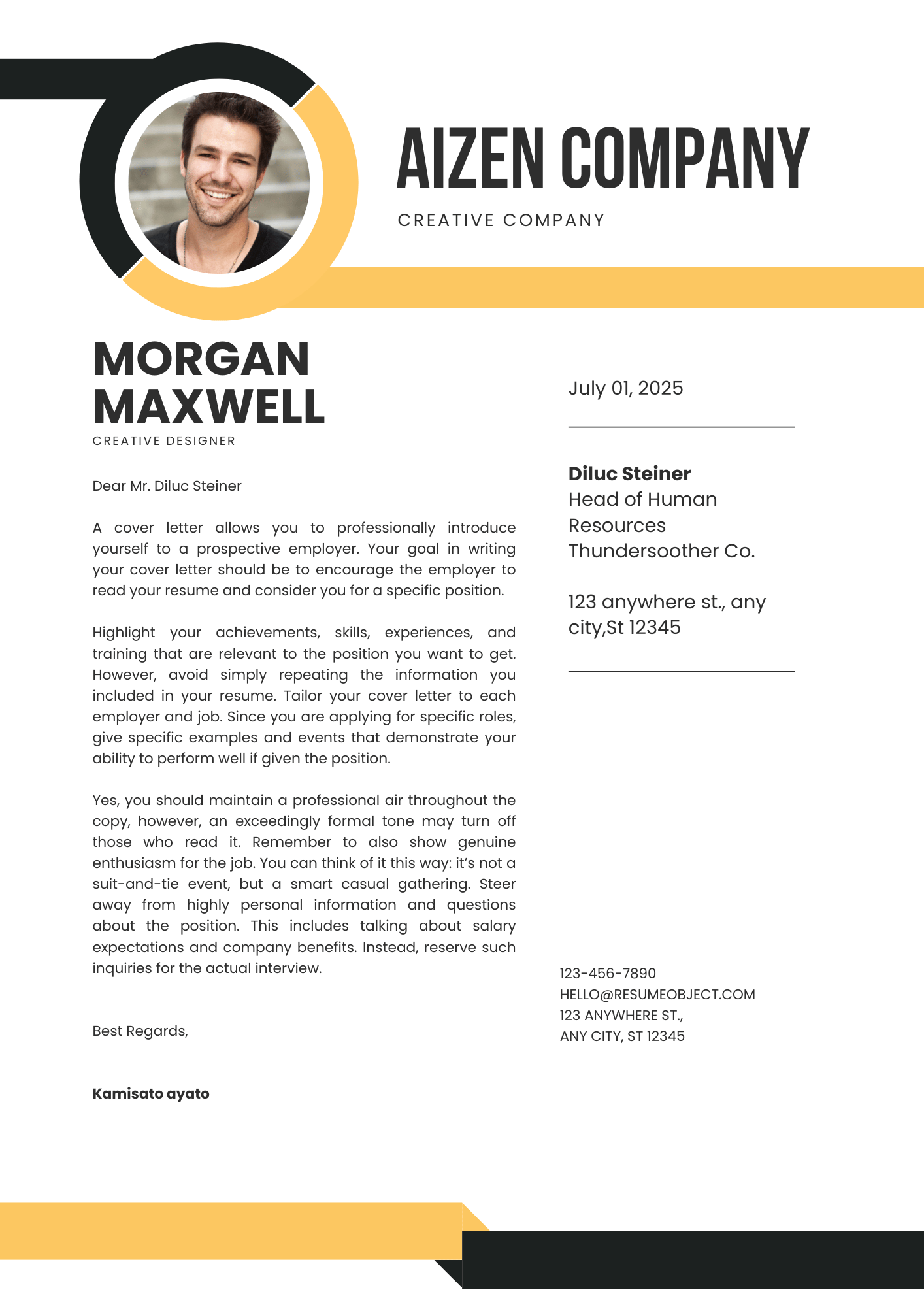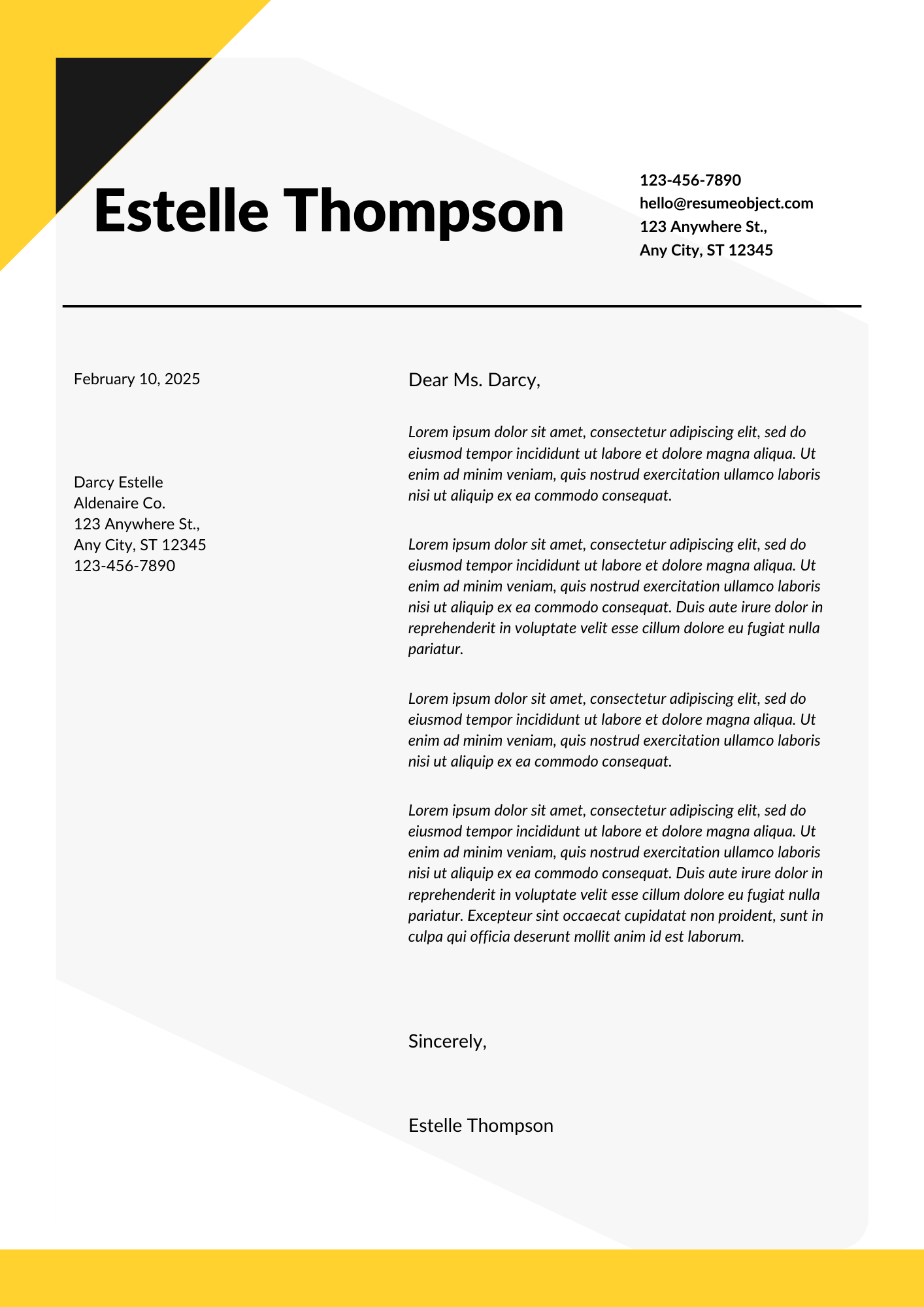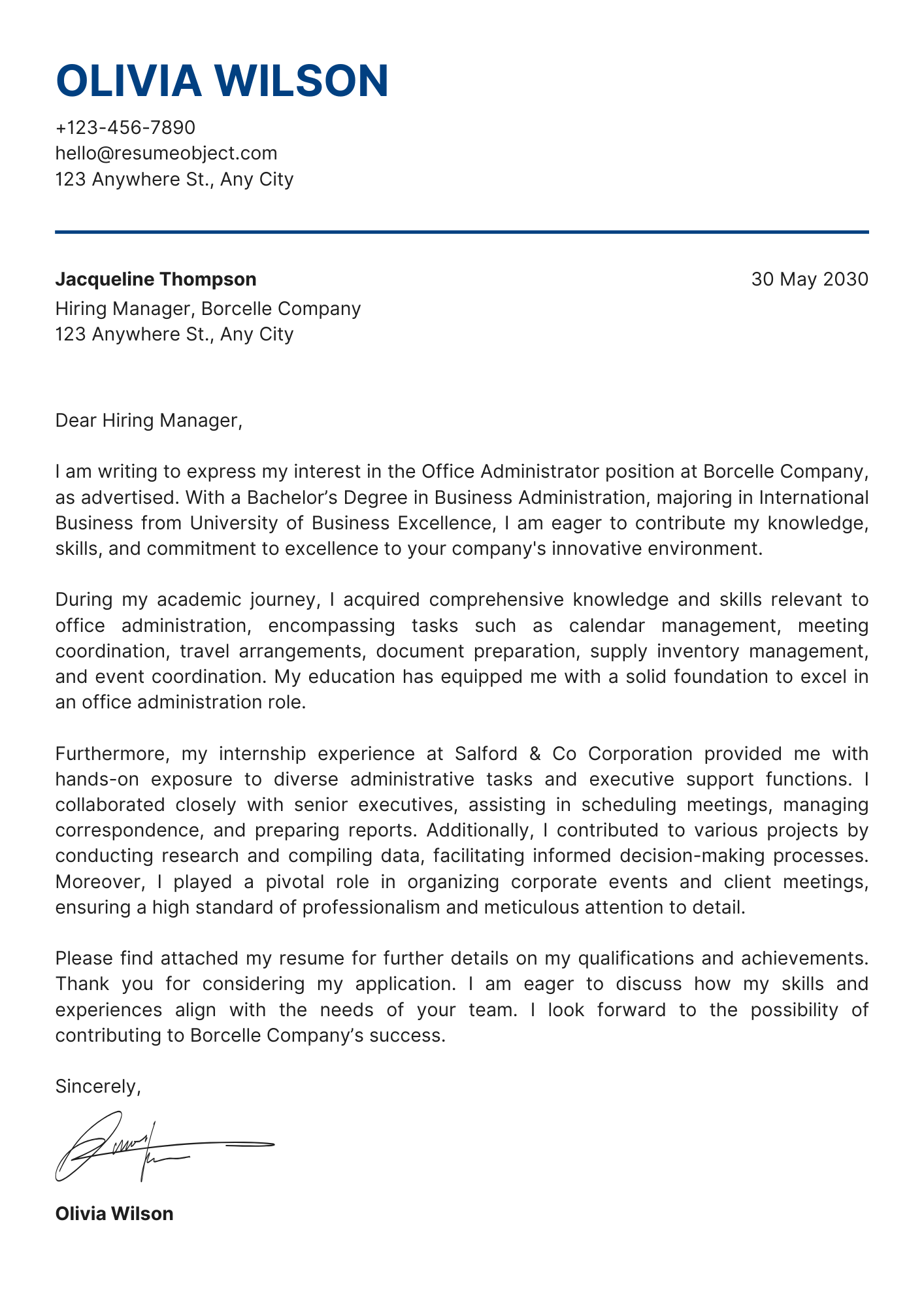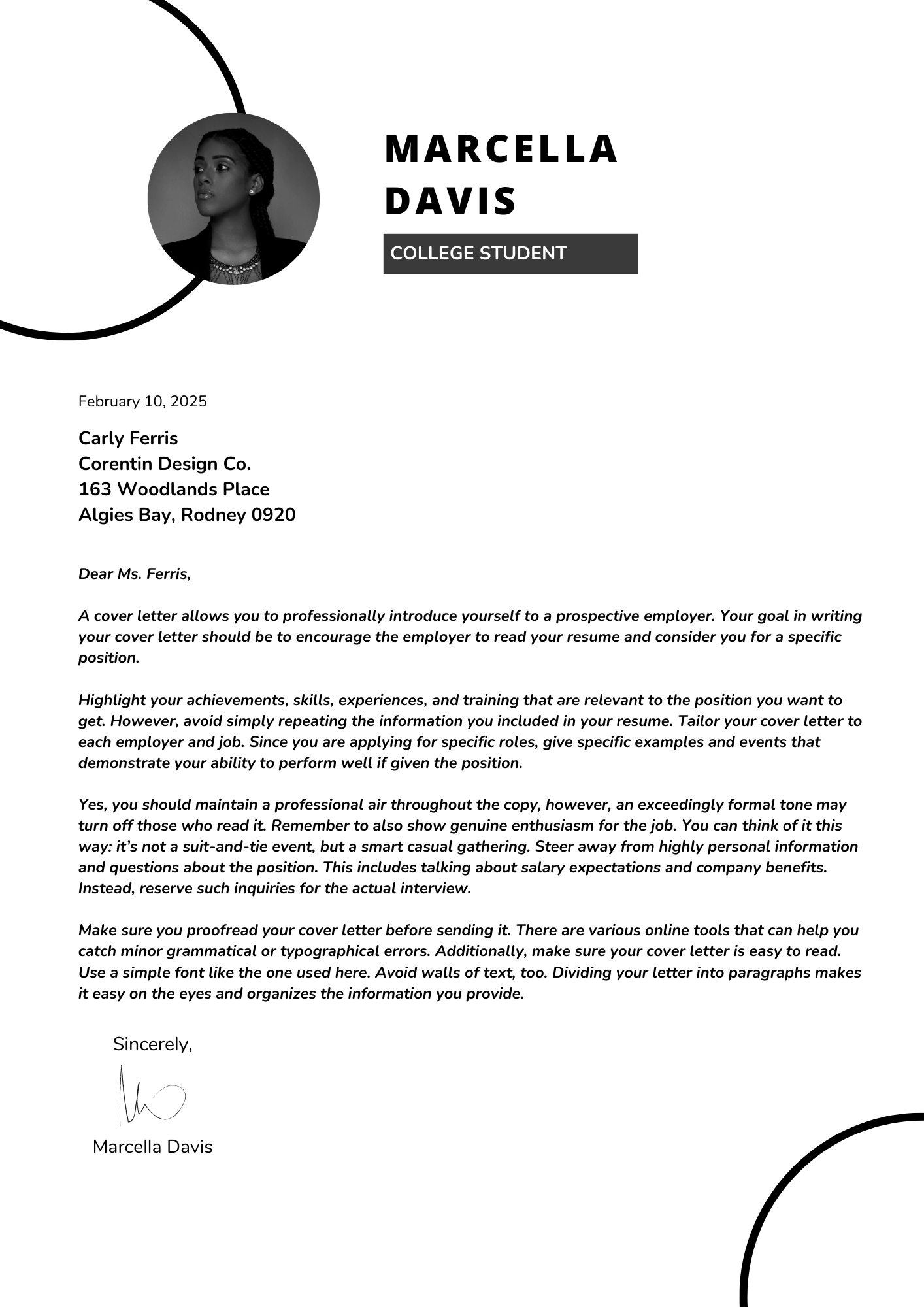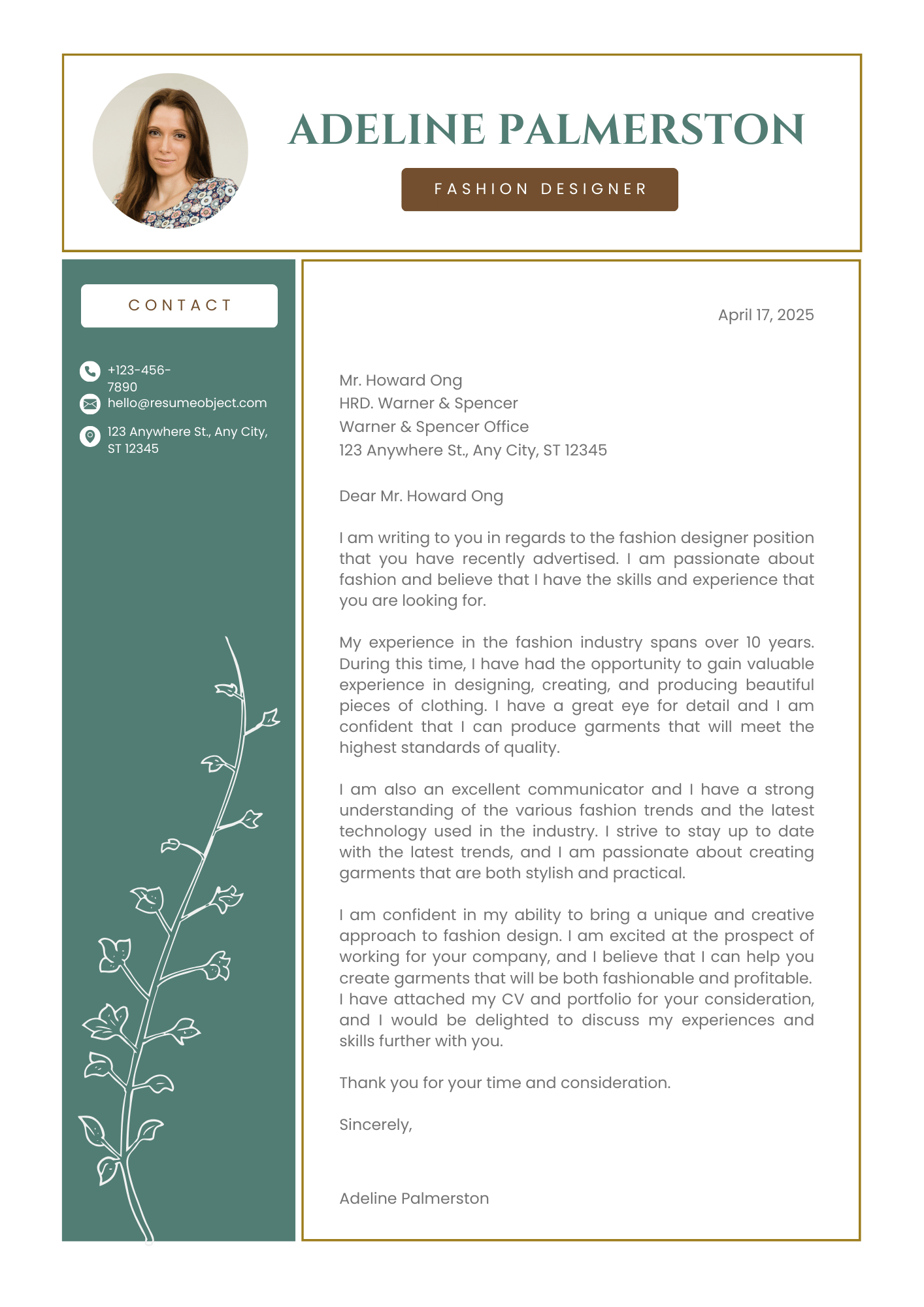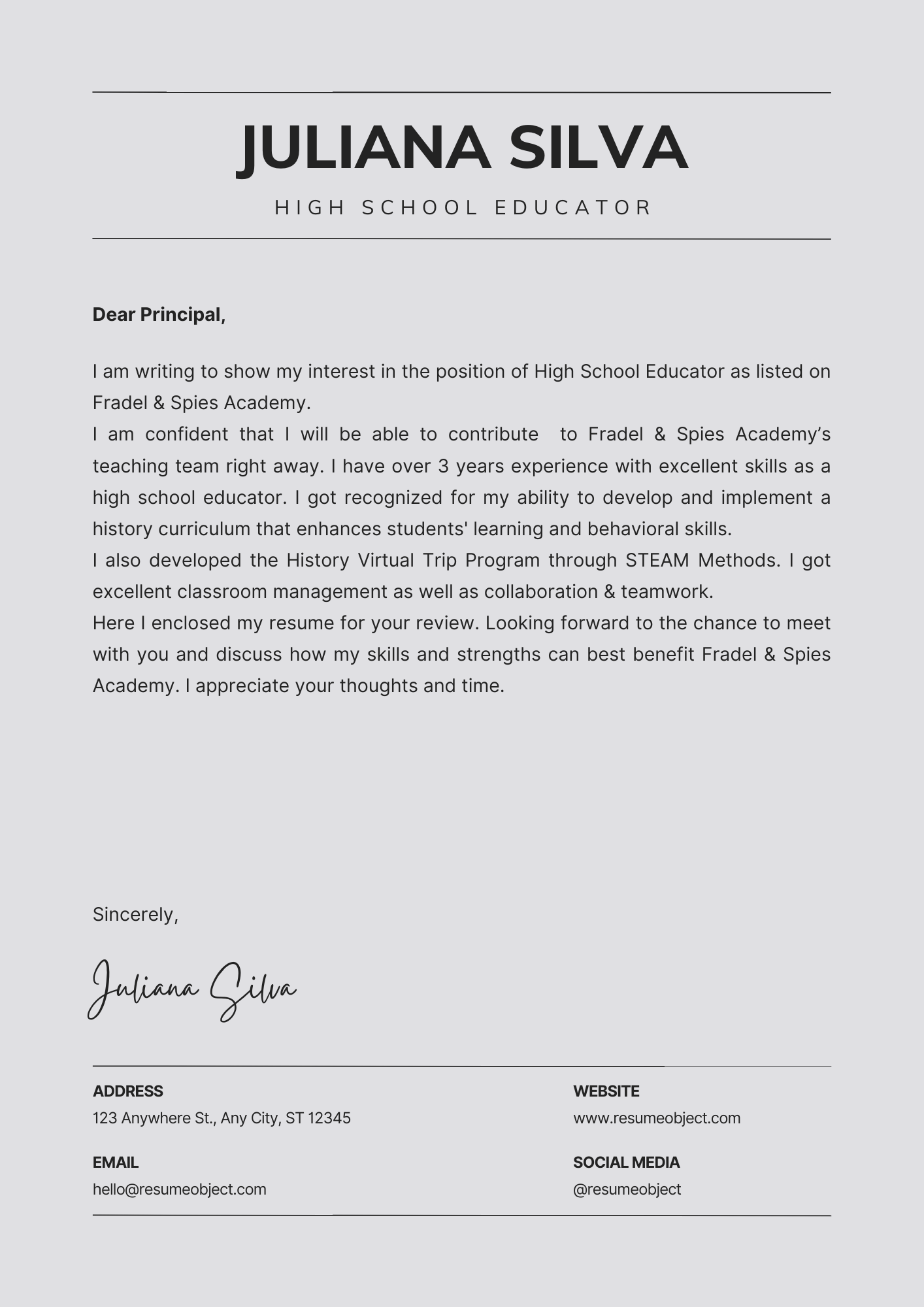Structure your success—one section at a time
Cover Letter Formats That Get You Hired
The right cover letter format can open doors. This page shows you how to choose the best layout for your experience level and industry. Explore traditional, modern, and results-focused formats built to highlight your strengths, communicate your value, and match today’s hiring standards.
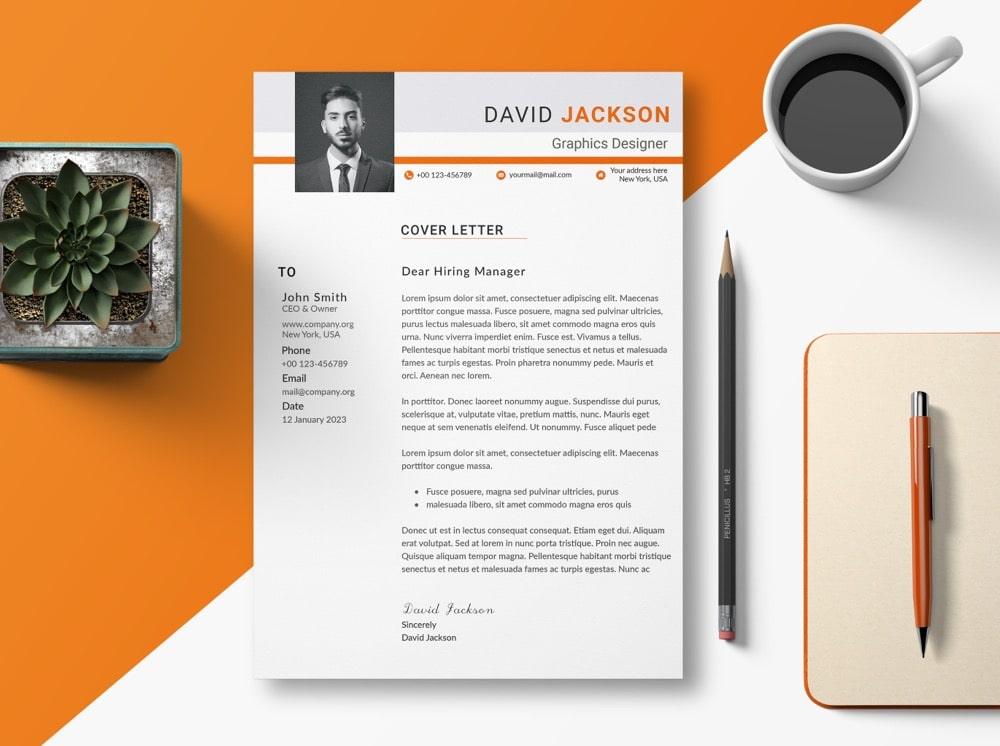
So, you’ve got the qualifications, the experience, maybe even a killer resume. But still no callbacks?
Let’s be honest – most job applications disappear into the void. But here’s a truth most applicants miss:
A great cover letter isn’t just a formality. It’s a door opener.
And how you present that letter – its format – can either help you stand out or sink your chances altogether.
Let’s break down why that is, how to choose the right cover letter format, and how to fix what’s holding your application back.
First impressions are shaped before a word is read
Why Format Matters in a Cover Letter
Hiring managers quickly scan for clarity and relevance. A well-organized format not only grabs attention—it helps your qualifications shine. Poor formatting can bury even the best content. The layout you choose should guide the reader smoothly from introduction to call-to-action.
Think of your cover letter like the first few seconds of a handshake – before the conversation even begins. It tells a hiring manager:
“I know what I’m doing.”
“I understand what this job requires.”
“I’ve taken the time to care about this.”
A messy or generic cover letter can signal the opposite.
That’s why formatting is so powerful – it’s not just how your letter looks, but how it reads and how fast someone can say, “This person gets it.”
Three Proven Cover Letter Formats
Explore three effective cover letter layouts that work across industries:
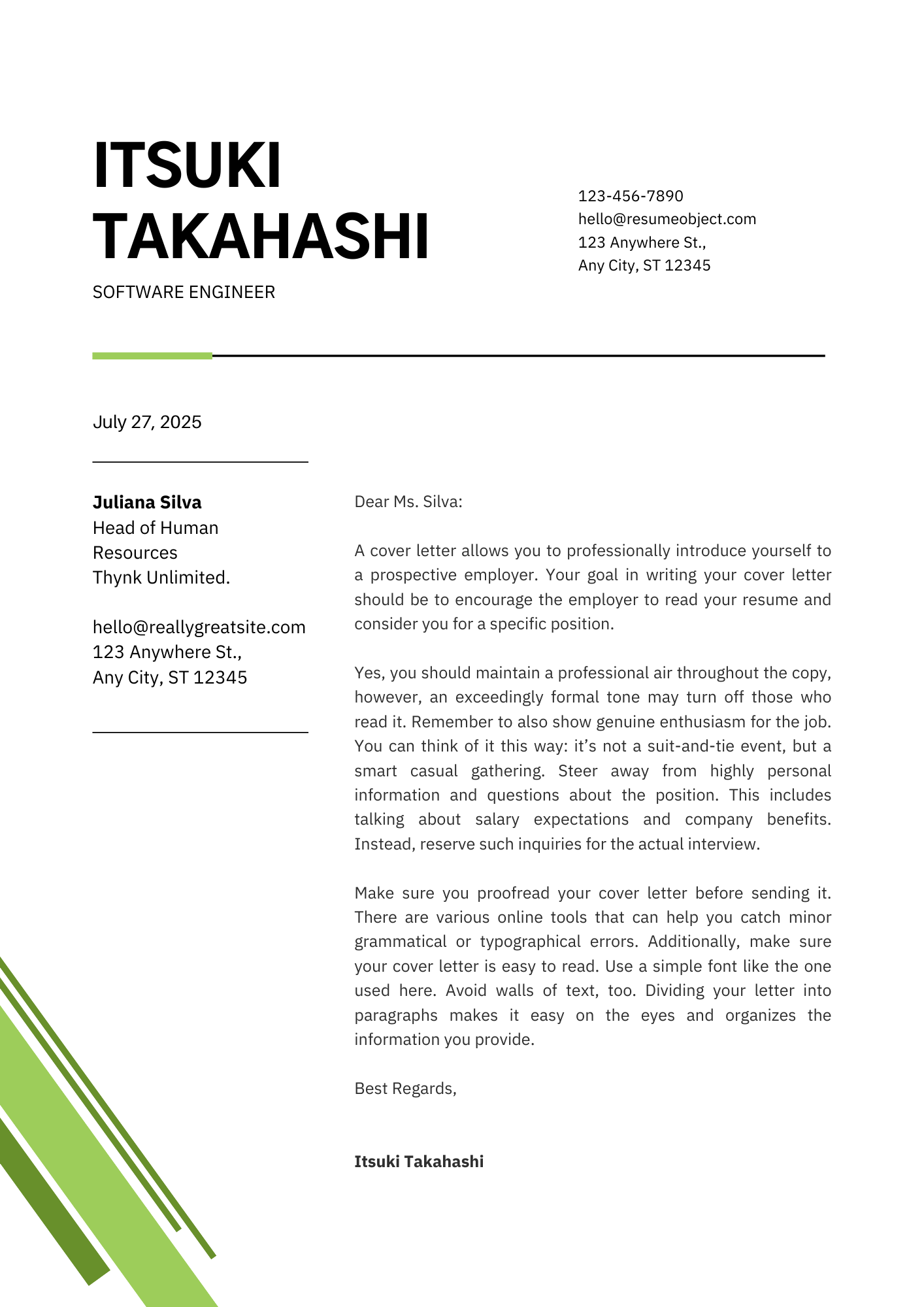
Clean. Classic. Professional.
Traditional Format
Used in formal industries like law, education, and government. This format emphasizes structure, tone, and a clear career narrative.
Contact header
Formal greeting
3-paragraph body
Closing statement
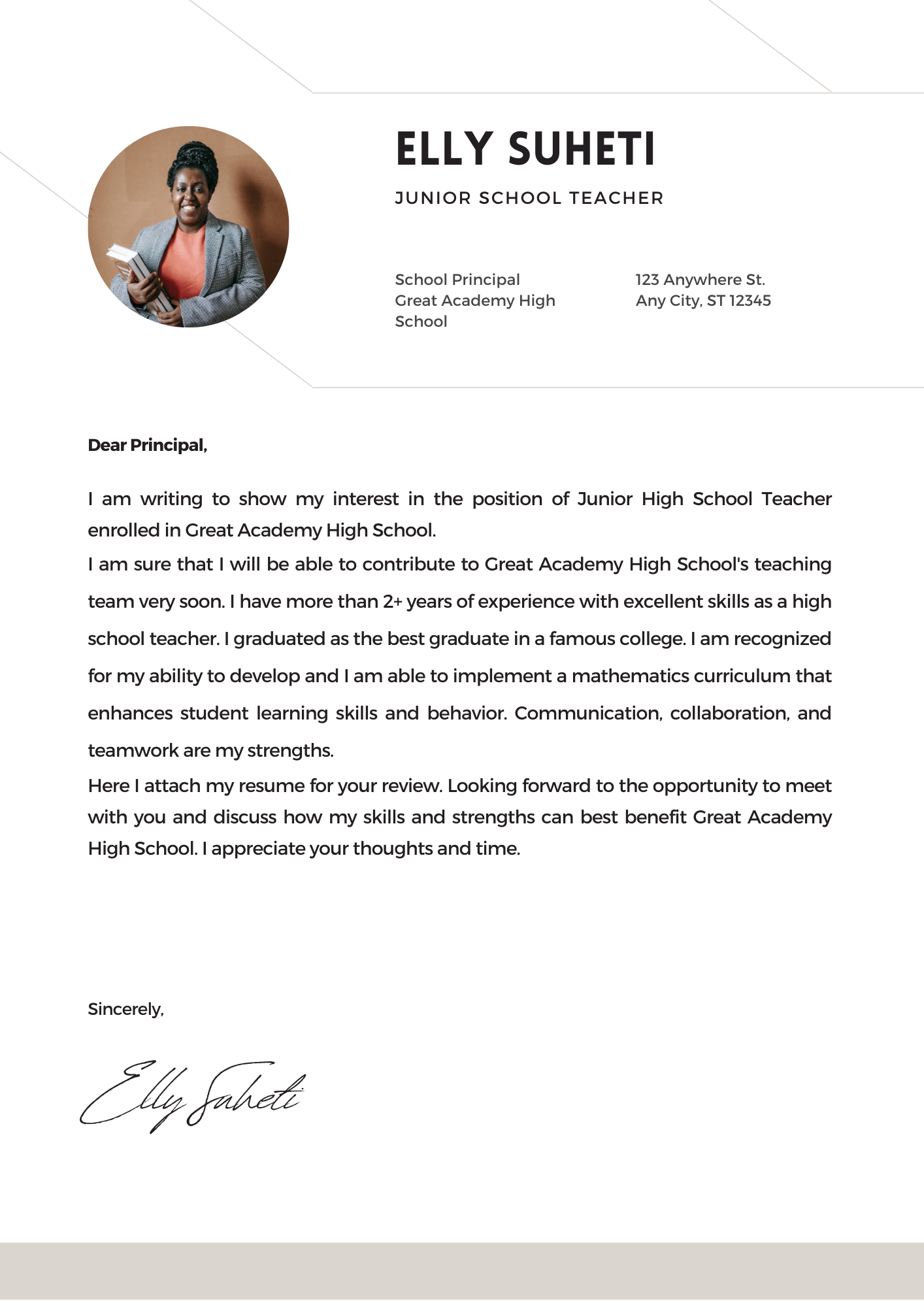
Sharp, sleek, and built for busy eyes
Modern Format
Ideal for tech, startups, and creative fields. This format is visually skimmable and often includes bullet points, bold statements, or creative hooks.
Friendly greeting
Engaging intro
Short, digestible paragraphs
Personal sign-off
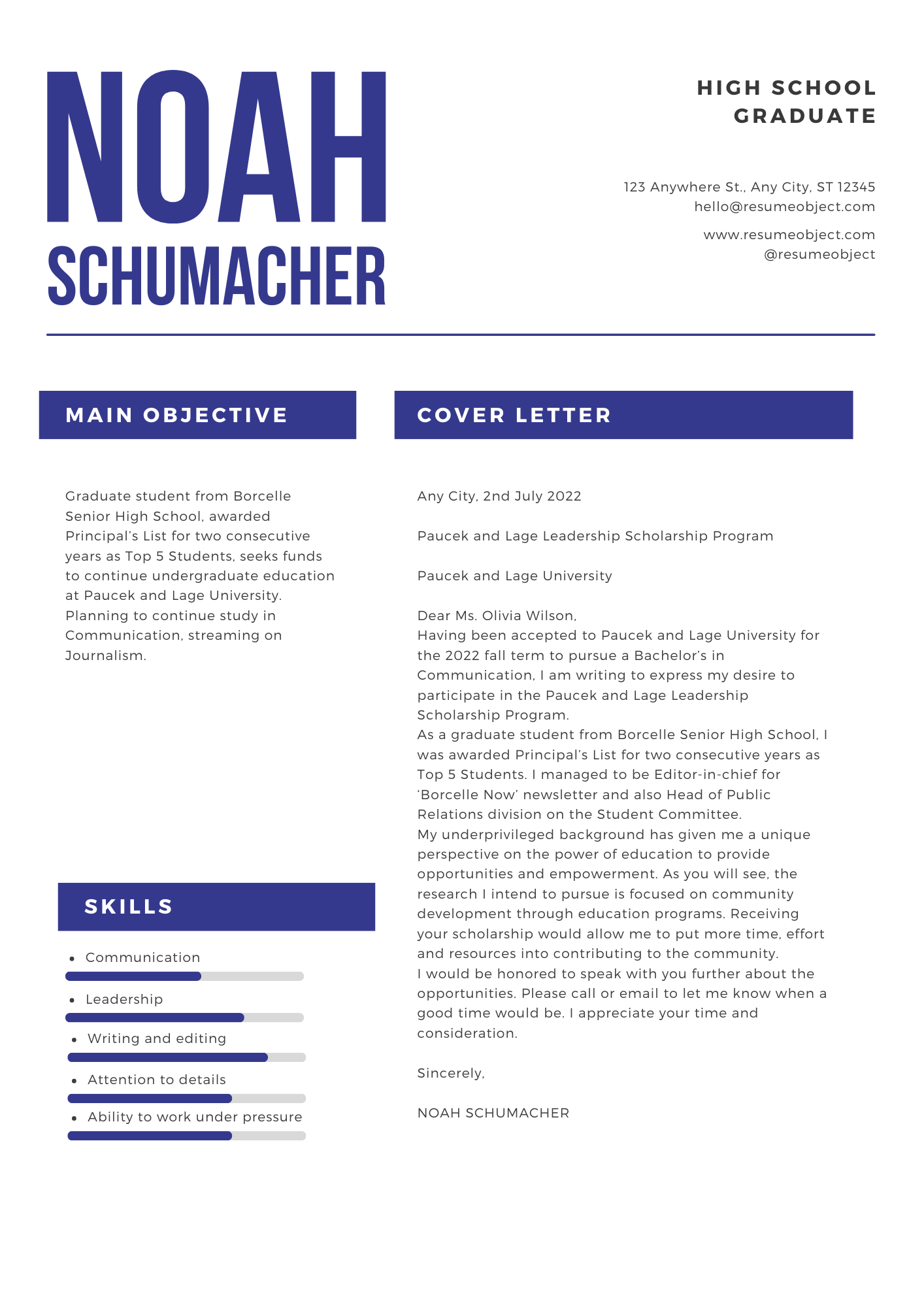
Let your results lead the conversation
Impact-Driven Format
Perfect for experienced professionals and results-focused roles like marketing, sales, or operations.
Performance summary
Key achievements (with numbers)
Strategic alignment to company goals
Confident close
Let’s Talk Real Talk: What If You’re Stuck?
You’re staring at a blank screen, unsure how to begin. That’s totally normal. Here’s a 3-sentence starter you can adapt:
Hi [Hiring Manager’s Name],
As someone passionate about [industry/job function], I was excited to see your opening for [Job Title] at [Company]. I believe my experience in [your strength] can bring measurable value to your team.
Boom. You’re started.
Now connect that opening with results, specific skills, and why you’re aligned with their mission.
Your story deserves the right frame.
How to Choose the Best Format for You
Each cover letter format works best in specific contexts. Traditional layouts bring structure to formal applications. Modern designs suit energetic, forward-thinking teams. Impact-driven formats work when your track record speaks volumes. Match the format to your career stage, the job description, and the company’s tone.
Consider Your Industry
Different fields have different expectations. A formal layout suits law or government roles, while creative or startup jobs often welcome modern, visually distinct formats that show originality and adaptability right away.
Match the Company Tone
Review the company’s website and job post. A conservative format fits traditional brands, while modern or impact-focused structures align better with innovative, fast-paced environments that value creativity and quick communication.
Reflect Your Experience Level
Entry-level candidates benefit from structured, traditional formats. Experienced professionals should consider impact-driven formats to showcase measurable results, career progression, and leadership—highlighting the value they bring from day one.
Focus on Your Strengths
If your strength is experience, choose a results-first format. If storytelling is stronger, use a narrative flow. Select a layout that puts your top qualities front and center for maximum visibility.
Prioritize Readability
The best format is one that’s easy to scan. Use clear headings, short paragraphs, and clean fonts. A visually accessible letter ensures your message is read and remembered—not ignored or skipped.
Explore Different Layouts and Styles
Browse Visual Cover Letter Samples
Below you’ll find a series of cover letter image samples, each showing a unique structure or theme. You might be writing a formal, creative, or hybrid letter – these examples will guide your visual and content decisions.
Don’t start from scratch—start smart
Free Cover Letter Format Templates
Download professionally designed cover letter templates for Word, Google Docs, and PDF. Each template is fully editable and structured based on the format that suits your role.
Frequently Asked Questions
Have questions about using our cover letter samples? Below are answers to common queries to help you understand how to get the most out of these examples, what’s included, and what’s coming next.
What is the best format for a cover letter?
The best format depends on your experience and the job you’re applying for. Generally, a clean, well-structured letter with clear sections—like introduction, body, and closing—performs well across most industries.
How long should a cover letter be?
Ideally, a cover letter should be no more than one page. Aim for 250–400 words, focusing on your most relevant qualifications, achievements, and your enthusiasm for the role and the company.
Should my cover letter match my resume format?
Yes, keeping your resume and cover letter visually consistent helps create a professional and cohesive application. Use the same fonts, colors, and layout style to reinforce your personal brand.
Can I use bullet points in my cover letter?
You can use bullet points to highlight key achievements or skills, especially in modern formats. Just don’t overdo it—your cover letter should still read like a letter, not a list.
Is a traditional cover letter still effective?
Absolutely. Traditional cover letters remain effective for many roles, particularly in formal industries. They emphasize professionalism and structure, which can be very appealing to hiring managers in conservative fields.
What are common mistakes in cover letter formatting?
Common errors include using overly complex fonts, inconsistent spacing, lack of alignment, or failing to include contact information. Always proofread and ensure your format supports readability and a clean presentation.
Final Thoughts
Your Cover Letter Is a Tool – Make It Work for You
You don’t need to be a professional writer to craft a winning cover letter. You just need a clear format, a confident tone, and a little intention behind your words.
Every time you apply, you’re telling a story – not just of where you’ve been, but what you can bring next.
Choose the format that tells that story best. Then hit send with confidence.

